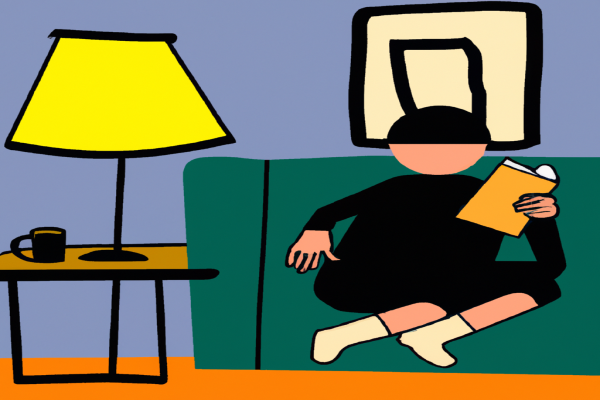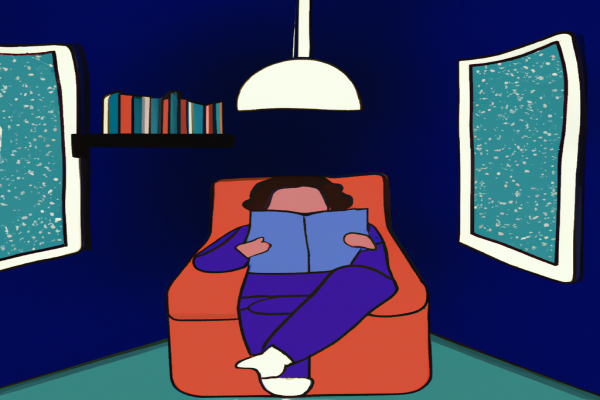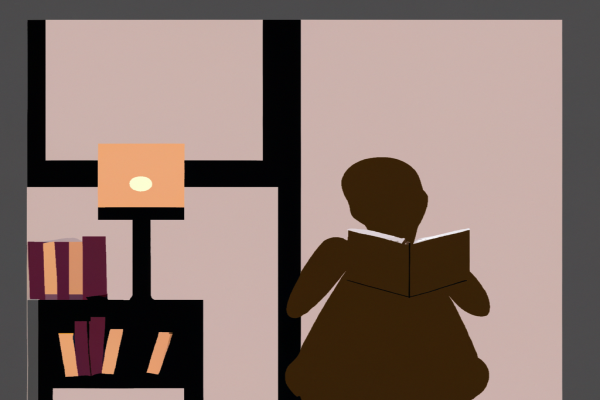Hills Like White Elephants: Summary

Hills Like White Elephants is a short story written by Ernest Hemingway. It follows a conversation between an American man and a young woman, referred to as Jig, in Spain. They are discussing whether or not Jig should have an abortion. The man pushes her to make the decision while she is hesitant and unsure of what to do. In the end, their conversation remains unresolved, but it is implied that Jig decides against the procedure.
Want to know more?
What is Hills Like White Elephants about?
Hills Like White Elephants is a short story by American author Ernest Hemingway, first published in 1927. It is set in Spain and tells the story of a couple's conversation while waiting for a train. The dialogue between the two characters reveals their thoughts and feelings about an impending operation that the woman is considering having. The main themes explored in Hills Like White Elephants are those of communication, relationships, and life choices. The dialogue between the couple throughout the story illustrates both what they say and what they do not say to each other, highlighting how difficult it can be to communicate in a relationship. This is further emphasized by the symbolism of the setting: the hills that look like white elephants symbolize the couple’s inability to discuss the issue of abortion that hangs over them like an elephant in the room. The story also addresses how one decision can have major implications for both parties involved and how it can be difficult to make a decision when different viewpoints are at odds with each other. Ultimately, Hills Like White Elephants makes readers contemplate whether or not happiness comes from making decisions that will bring immediate satisfaction or long-term security.
Hills Like White Elephants: Book Club Questions
- What is the symbolism behind the hills and white elephants in the story?
- How do Jig’s feelings towards the situation evolve throughout the story?
- In what ways does Hemingway use dialogue to create tension in the story?
- What insights can we gain about Jig and the American’s relationship from their conversation?
- How does Hemingway use setting to shape the atmosphere of the story?
- What do you think Hemingway was trying to convey about relationships, gender roles, and communication through this story?
- How does the structure of this short story contribute to its overall effect?
- What are some of the underlying themes in ‘Hills Like White Elephants’?
- How does Hemingway's choice of words reflect his writing style?
- Why do you think this particular conversation between Jig and The American is so significant to understanding their relationship?
What to say about Hills Like White Elephants
- The theme of communication is prevalent throughout the story, with the couple struggling to connect on a deeper level.
- The use of symbolism in the title is a powerful way of conveying the struggles the couple faces in their relationship.
- The dialogue between the two characters is both realistic and meaningful, allowing readers to interpret their own meaning from it.
- Hemingway's style of writing creates an atmosphere of tension and apprehension, making it difficult for readers to know what will happen next.
- It is interesting to note that neither character has a name, as it reflects their lack of connection and understanding.
- The imagery used in the story captures the beauty of Spain while also helping to create a sense of uncertainty and unease.
- The story raises important questions about relationships and how they can be affected by external pressures such as societal expectations or family opinions.
- The creative use of language helps to highlight the power dynamics between the characters, as well as hint at underlying emotions that are not explicitly stated.
- It is fascinating how Hemingway manages to evoke so much emotion in such a short story, leaving readers feeling emotionally invested in the characters' outcome.
- The story ultimately serves as a reminder that communication is essential for relationships to thrive, even when it can be difficult to express oneself honestly and openly.
Top 5 Quotes from Hills Like White Elephants
- "It's really an awfully simple operation, Jig,"
- "I know you wouldn't mind it, Jig. It's really not anything. It's just to let the air in."
- "Would you please please please please please please please stop talking?"
- "I don't want anyone but you. I don't want anyone else."
- "That's all we do, isn't it - look at things and try new drinks?"
Adaptations of Hills Like White Elephants
1. The Short Film, Hills Like White Elephants (2019) – a black and white short film adaptation of the story, which follows Jig and her American partner, as they pass through the Spanish countryside. 2. The Radio Play, Hills Like White Elephants (2020) – a radio play adaptation of the story, produced by the British Broadcasting Corporation (BBC). 3. The Podcast Episode, Hills Like White Elephants (2020) – an episode of the podcast series, “The Big Read” dedicated to Ernest Hemingway’s classic short story. 4. Stage Adaptation, Hills Like White Elephants (2011) – a stage adaptation of the story written by playwright Tom Stoppard and performed at the Studio Theatre in Washington D.C.
Other books by Ernest Hemingway
- • The Sun Also Rises
- • A Farewell to Arms
- • For Whom the Bell Tolls
- • The Old Man and the Sea
- • In Our Time
- • The Snows of Kilimanjaro and Other Stories
- • Death in the Afternoon
- • Men Without Women
- • Green Hills of Africa
- • To Have and Have Not
- • A Moveable Feast
- • The Fifth Column and Four Stories of the Spanish Civil War
Did you know?
Hills Like White Elephants is considered by many to be one of the most influential short stories of the 20th century.




